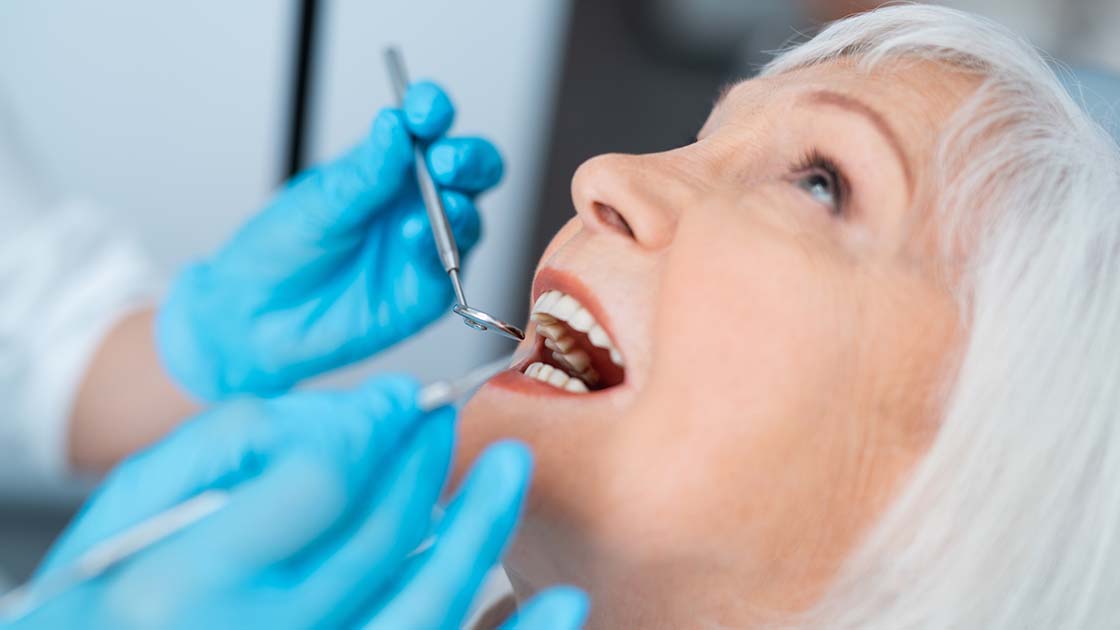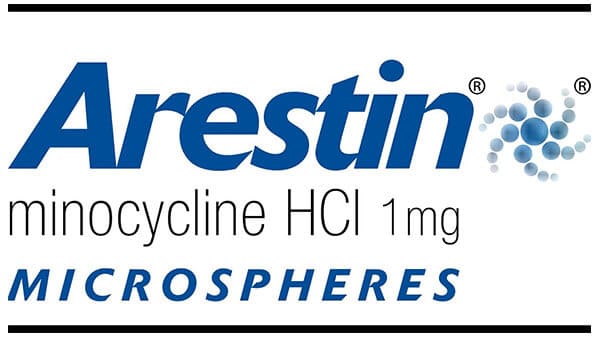
At Rubino Dentistry, we offer periodontal procedures to treat gum disease in both hard and soft tissues in the mouth. Periodontal procedures are typically performed to preserve the jaw bone and/or gums to save teeth or allow for the placement of dental implants. They can also be used to enhance your smile by correcting problems such as uneven gum lines, receding gums, and indentations in the gums or jawbone.
Periodontal Maintenance Program
Scaling and Root Planing
Scaling and root planing is a non-surgical procedure used to treat gum disease. Specialized dental instruments remove dental plaque and calculus from beneath the gums, known as scaling, and the tooth roots are then smoothed, known as root planing. Root planing helps the gums heal and reattach themselves to the cleaner and smoother root surface.
Extractions & Ridge Preservation
Extractions may be necessary for a variety of reasons: in preparation for orthodontic treatment, before dental implant placement, or if a tooth is not able to be saved with restorative procedures.
Ridge preservation involves placing a regenerative bone grafting material into empty tooth sockets to rebuild bone where an extraction has left an empty, weakened area. This process encourages your body’s natural capacity to regenerate bone.
Arestin®

ARESTIN® is a locally applied antibiotic that delivers minocycline microspheres in the form of a powder. It is placed directly into the infected periodontal pocket at the time of scaling and root planing procedures for easy, targeted treatment. The microspheres adhere to the surrounding surfaces to provide a sustained release of the antibiotic at the site of active infection for effective treatment. It is used in pocket depth reduction and may be used as part of a periodontal maintenance program.
Benefits of ARESTIN® include:
- No local anesthesia required
- No adhesive required
- No dressing required
- No need for removal as the microspheres are completely bioresorbed
- Remains active in the pocket for an extended period of time
Crown Lengthening
Crown lengthening is commonly used to expose more tooth structure, crown lengthening involves the removal of gum tissue and/or bone to expose more of a tooth’s structure.
Bone Grafting
Bone grafting is the replacement or enhancement of bone around teeth. When a tooth is lost, the surrounding bone collapses. Bone grafting is performed to reverse bone loss or enhance bone. The bone can be taken from parts of the body or from synthetic material. Bone grafting allows for proper support of dental implants or prostheses.
Bone Regeneration and L-PRF

Bone regeneration is a periodontal surgical procedure that regenerates jaw bone and surrounding tissue. This procedure is often performed to protect your existing teeth and the tissues that keep them in place from bacterial plaque. The gingival tissue is folded back to remove the disease-causing bacteria. Membranes, bone grafts, or tissue-stimulating proteins can be used to encourage the body’s natural ability to regenerate bone and tissue.
Leukocyte-Platelet Rich Fibrin (L-PRF) can be used for bone and tissue regeneration. A centrifuge separates the patient's blood into its different components such as platelets and leukocytes that are rich in growth factors and cytokines that offer an increased healing response.
Periodontal Splinting

Periodontal splinting is done to stabilize teeth that have become loose as a result of bone loss due to periodontal disease. The doctor will determine if periodontal splints are needed, as sometimes careful management of the periodontal disease causes the teeth to become more stable. Periodontal splints may use stabilizing wire or ribbon, composite resin, crowns, inlays/onlays, and/or veneers to accomplish the goal of stabilizing the teeth.
